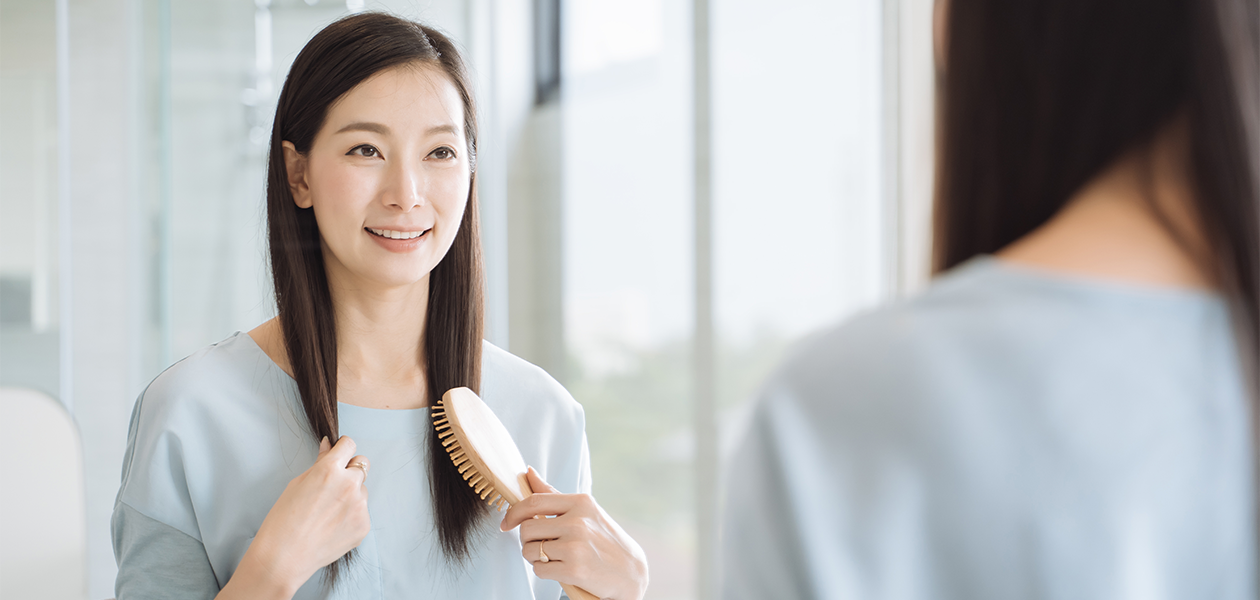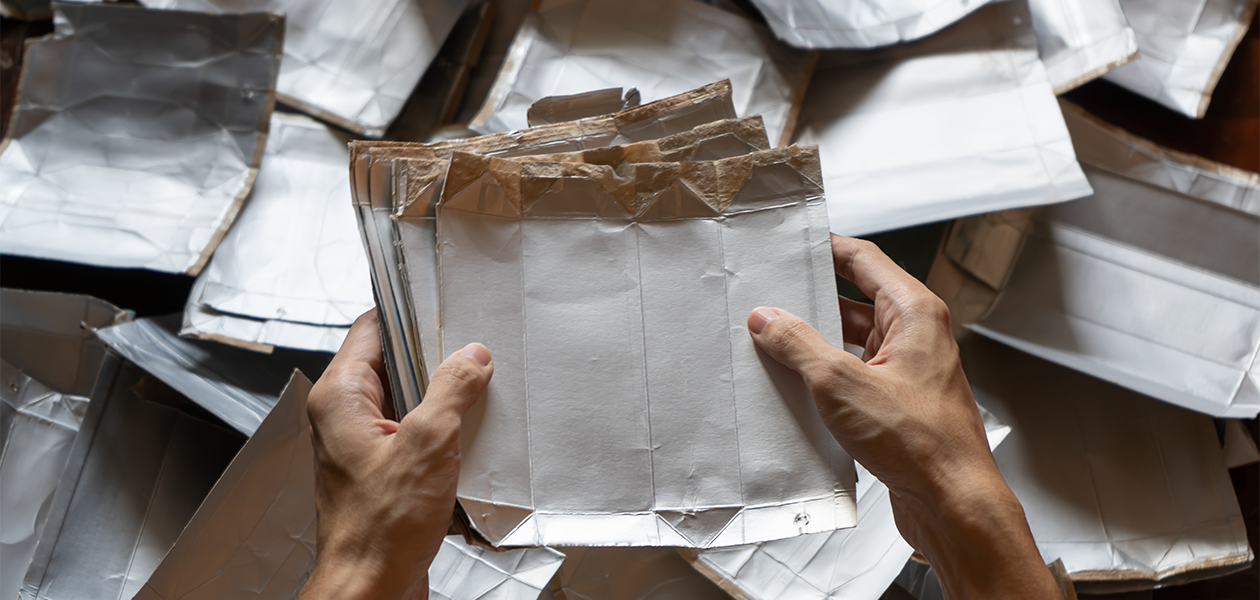Where tech and design meet
The inaugural Design Think-Tank Challenge is a platform for industry giants and design consultancies to collaborate and develop innovative solutions.
Long before the zero-waste movement gained popularity, retailers had already begun focusing on various ways to minimise consumer waste, from providing incentives for returning packaging to adopting innovative designs like paper packaging that can be eaten or re-purposed.
As the threat of climate change intensifies, consumers are increasingly choosing to purchase products from companies that commit to better sustainability practices. One such company is Coca-Cola, which hopes to redesign their packaging to reduce waste. They are embracing the wisdom of the crowd as one of four companies crowdsourcing for solutions to their challenge statements through the inaugural Design Think-Tank Challenge, an open innovation call ending on 31 January 2021.

In their challenge statement, Coca-Cola calls for unique packaging ideas that will transform how they get products to consumers. Typical plastic bottles can take up to 450 years to decompose, posing a serious threat to our environment. To play their part in protecting the planet, Coca-Cola aims to achieve their goal of 100 percent recyclable packaging by 2025.
Organised by the DesignSingapore Council and IPI, the Design Think-Tank Challenge connects industry players with innovative design consultancies who provide solutions to their problems in new, effective and exciting ways. Firms that are shortlisted can look to gain fruitful partnerships through the co-development of innovative ideas and products.
Coca-Cola joins Procter & Gamble (P&G), Johnson & Johnson (J&J) and Danone in sharing problem statements ranging from the need for sustainable packaging to fresh ideas for new environmentally-friendly products. All six challenge statements are available online for potential participants.

Total commitment to zero-waste
As manufacturers of a wide range of personal health, personal care, beauty and baby products, P&G has been a household name for generations. Nonetheless, the company has been quick to adapt to changing market demands, recognising the importance of sustainable business practices and launching a set of goals to reduce their environmental footprint in 2010. Looking ahead to 2030, P&G has launched initiatives like a Pampers diaper waste collection pilot in Amsterdam, increasing the recycled content in its Ariel liquid detergent, and sourcing all their wood pulp from responsibly managed forests.
P&G has also set its sights on zero-waste haircare solutions across liquid, cream, solid or gel products. With the ultimate goal for no trash to be sent to landfills, incinerators or the ocean, the company is seeking renewably sourced materials, sustainable business models, and biodegradable product and packaging design. Not forgetting the customer experience, the proposed solution should still maintain high quality beauty products that P&G customers have come to expect.

Reimagining packaging for re-using and re-purposing
Instead of completely eliminating waste, global food and beverage company, Danone, is looking for ways to re-use existing packaging , particularly in Southeast Asia and India where 4,000 tons of packaging waste are produced annually. Currently, infant milk formula—one of the company’s leading products—is sold in disposable pouches for food safety reasons. Hence, Danone is hoping to move to a circular model where packaging is re-used or re-purposed, instead of being discarded.
As sustainable packaging could potentially account for up to 30 percent of product cost compared to its current seven to 11 percent, the company is looking for creative design solutions that incorporate quality materials that protect the milk powder for at least 18 months, while minimising the disposal of used packaging.

Monitoring health at home
Apart from ensuring that their infants are well-fed, parents are also deeply concerned whether their babies get enough sleep—and with good reason. Poor sleep in babies does not just deprive their parents of rest, it could also lead to health issues and impaired development in the child. Despite the recognised importance of sleep, 50 percent of infants in Asia are reported to have sleep quality issues.
J&J, a leader in medical devices, pharmaceutical and consumer goods, wants to make a difference. Hoping to bridge the gap between home solutions and advanced medical care, one of the problem statements that J&J hopes to address is in looking for a simple and easy-to-use diagnostics solution that will allow parents to monitor babies’ sleep quality and glean actionable insights. It is also important that the solutions are affordable, accurate and reliable.
If you have a creative solution to any of these problems, head over to https://design.innovation-challenge.sg/ to find out more and submit your proposals by 31 January 2021, 12.00pm (GMT +8).
Please note that this challenge is not meant to be a free design consultancy service. DesignSingapore Council does not support free pitching and this has been shared with the participating companies. Interested consultancies are advised to share their points of view or a brief description of an ongoing innovation project that could address a specific design challenge. If the company is keen, it will directly arrange with the designer or consultancy to further discuss how they can work together and formalise a partnership.

